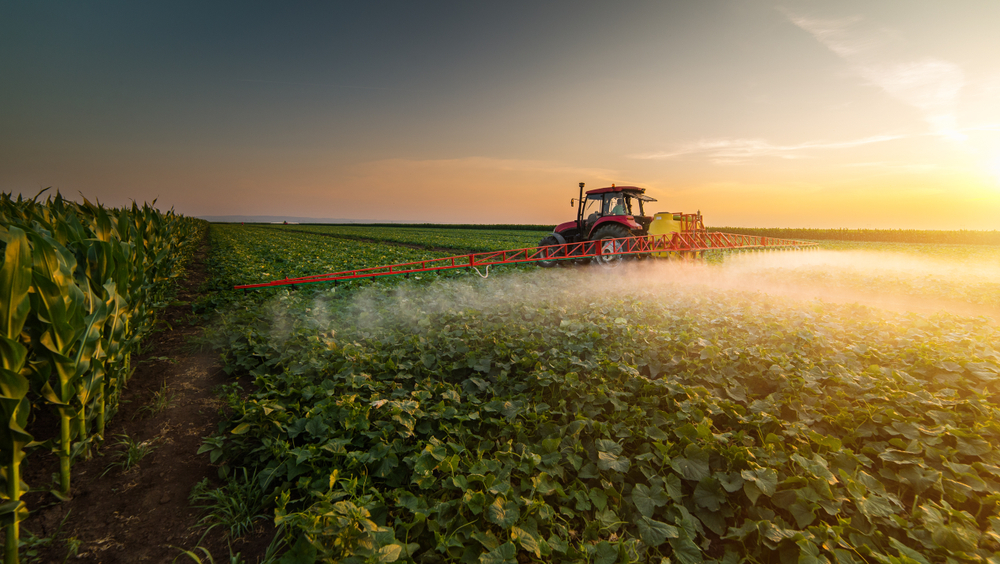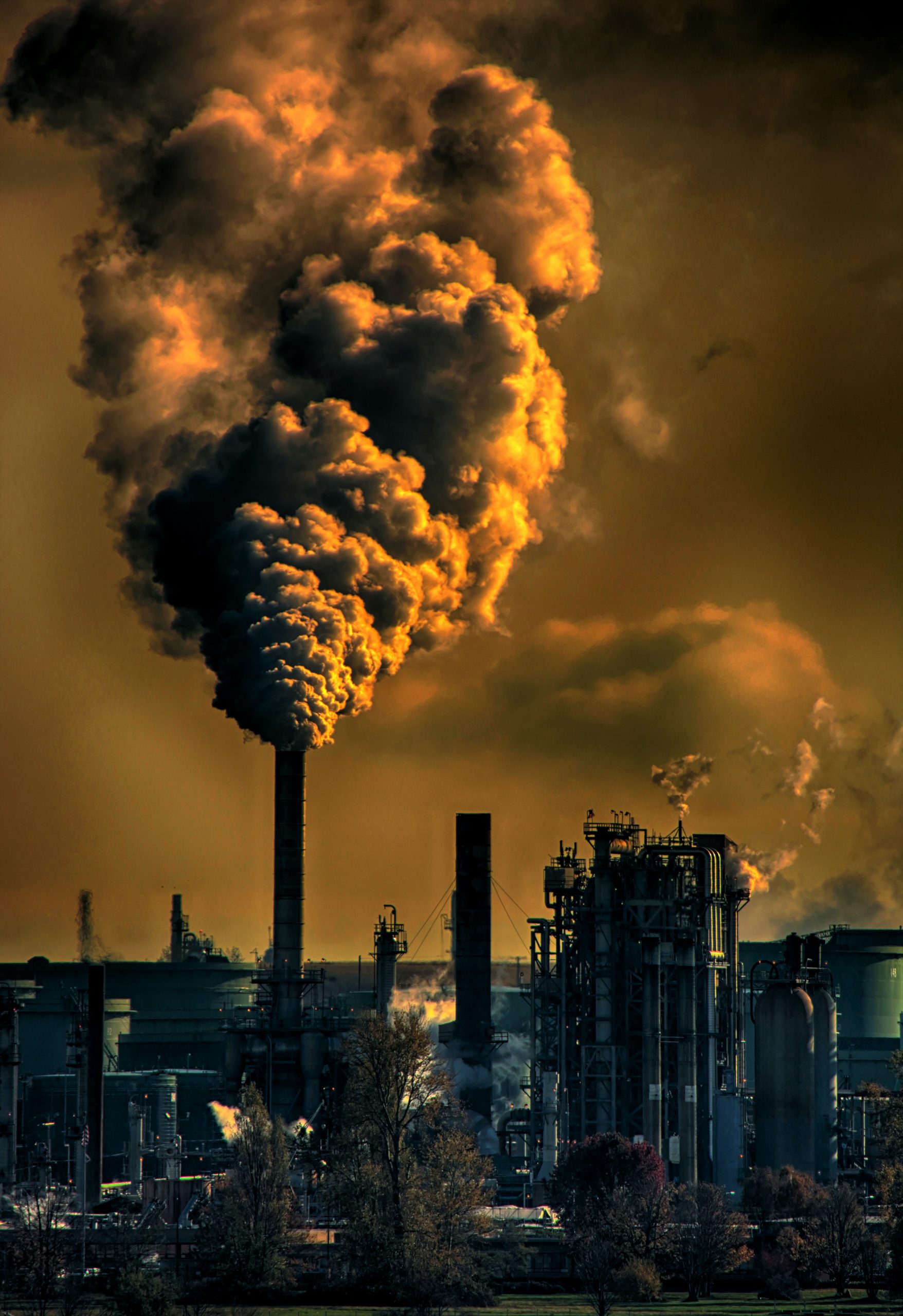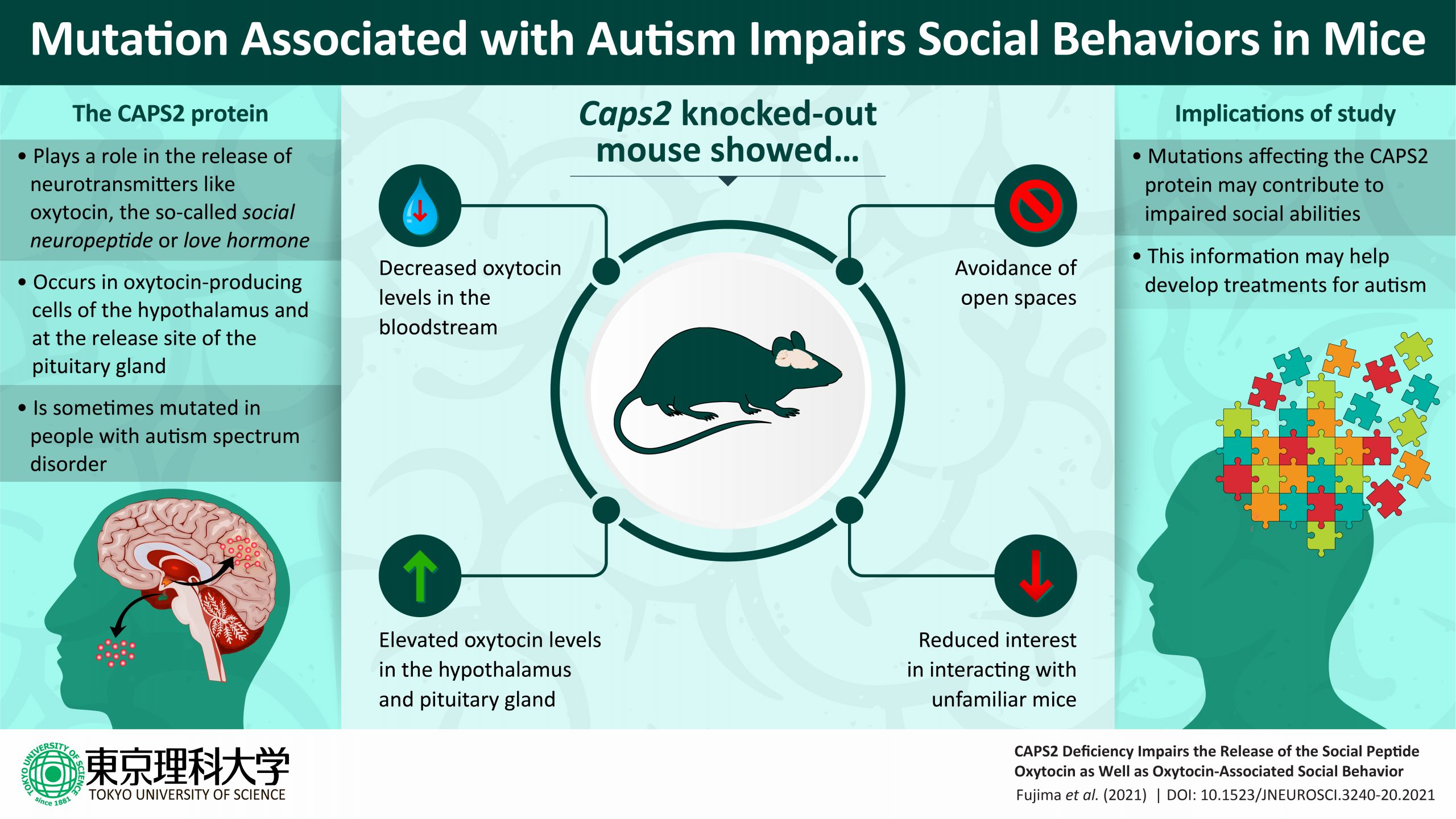Anxiety is considered a natural response to stress. However, a state of heightened anxiety, called anxiety disorder, prevents thousands of people from living their best lives. While several underlying mechanisms have been therapeutically targeted, much remains to be discovered about this disorder. In an effort to get closer to unravelling the mechanisms that govern this condition, Japanese researchers have identified a drug that reduces glutamate-induced neurotransmission, involved in anxiety-like behaviour.
For a group of Japanese researchers from Tokyo University of Science and University of Tsukuba, endeavouring in this line of research is not new. In a previous study, they used a drug called KNT-127, which acts by activating specific receptors in the brain, called “delta opioid receptors.” The researchers found KNT-127 to reduce anxiety-like behavior in mice. They found that KNT-127 caused the reduction of an excitatory neurotransmitter, called glutamate, in the extracellular regions of a part of the brain that controls several emotional states, called the “prelimbic subregion of the medial prefrontal cortex” (PL-PFC). The researchers went on to study this phenomenon in a new study published in Biochemical
and Biophysical Research Communications
According to Professor Akiyoshi Saitoh, from the Faculty of Pharmaceutical Sciences, Tokyo University of Science, and corresponding author of this study, there is a good reason to have investigated the glutamate levels specifically in PL-PFC. He says, “The medial prefrontal cortex (mPFC) plays a vital role in the processing of emotional events. It has been shown that activation of the glutamatergic transmission in PL-PFC evoked anxiety-like behavior in rodents.”
Accordingly, Professor Saitoh and his colleagues conducted electrophysiological studies at a single-neuron level in mice. The team measured spontaneous excitatory currents from the glutamate-releasing presynapse region of various important neurons treated with and without KNT-127, in the PL-PFC of mice that had been induced to exhibit anxious behaviour.
For neurons treated with KNT-127, the results showed that the release of glutamate was reduced at the PL-PFC synapses. Since this excitatory neurotransmitter relays information from one neuron to the other, at the synapse region, the corresponding brain activity was also found to be lowered. Interestingly, the team found that KNT-127 treatment made the PL-PFC neurons less excitable. The researchers considered these findings to be a consequence of the anxiolytic effects of KNT-127.
Overall, this study proposes a novel pathway—and a novel drug candidate—that can be targeted for treating anxiety disorder. Commenting on the clinical potential of drugs like KNT-127, Dr. Daisuke Yamada, one of the investigators in the study from Tokyo University of Science, says, “There is a need for the development of new therapeutic agents that have different mechanisms of action from existing drugs. The results of this study are expected to lead to the development of evidence-based antipsychotics with a new mechanism of action, targeting opioid delta receptors.”













